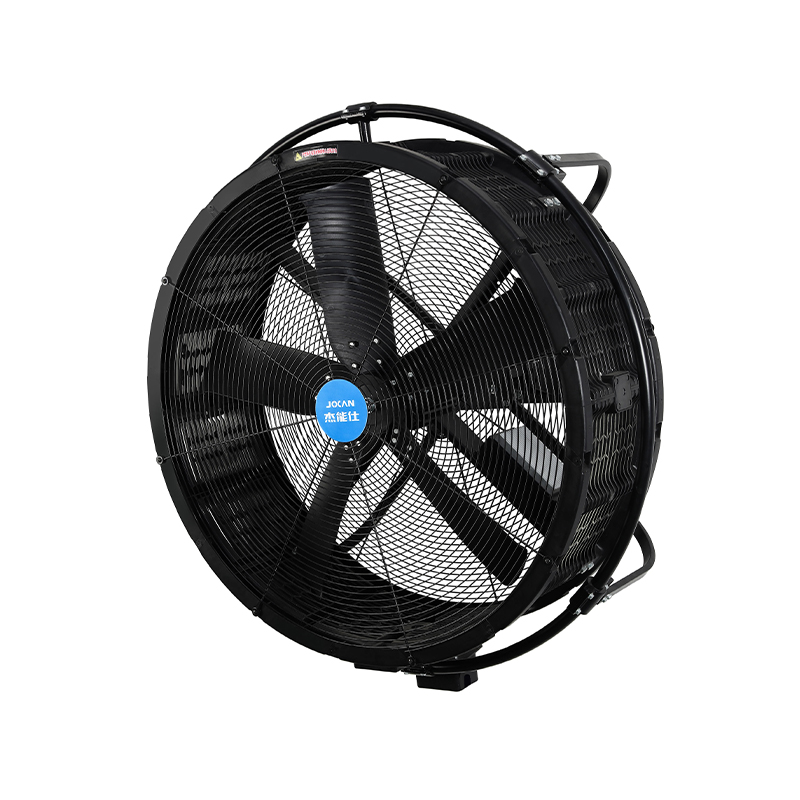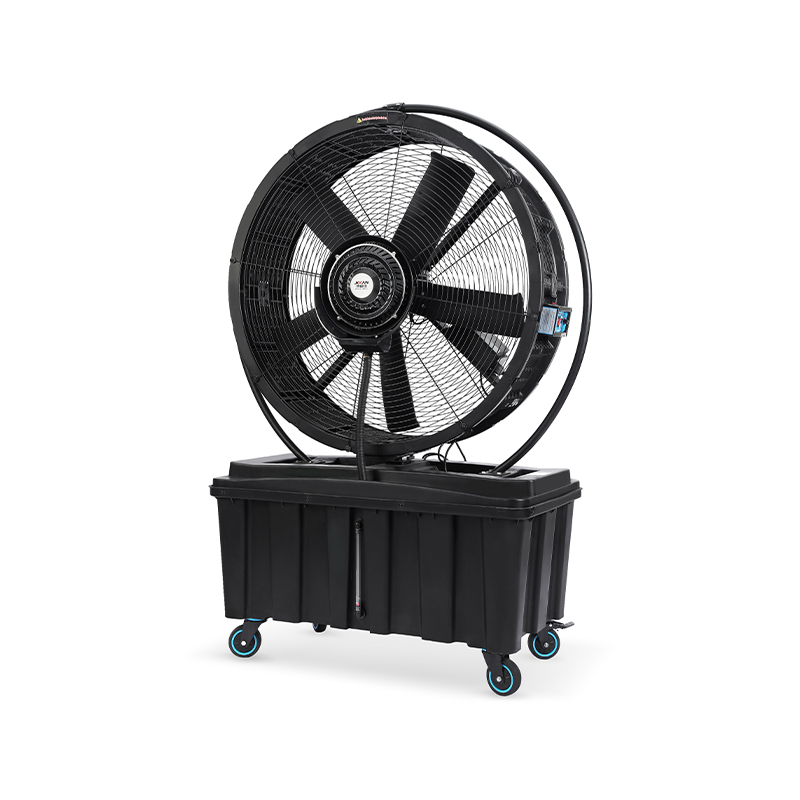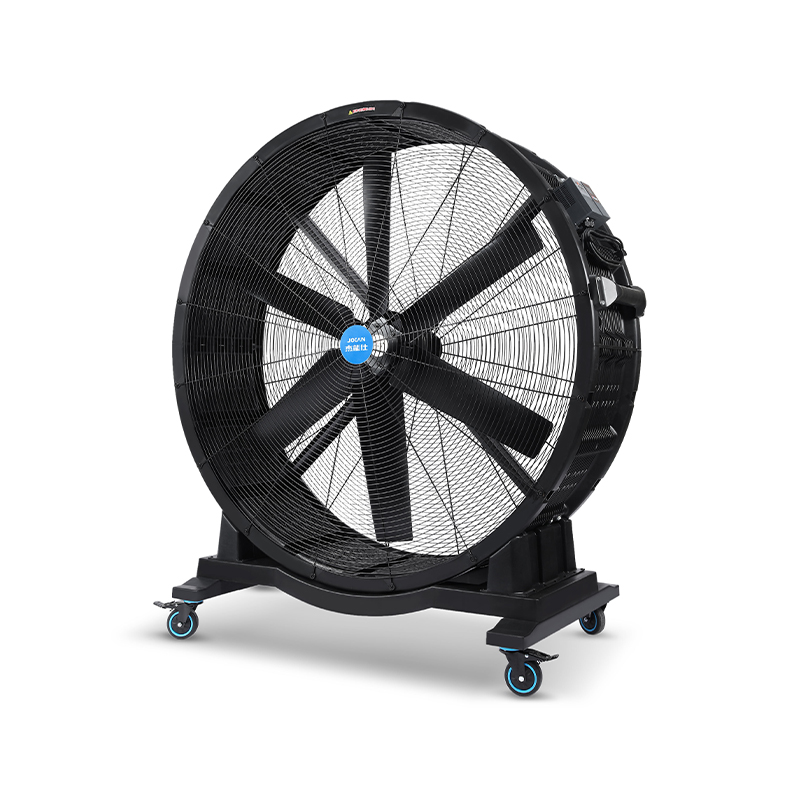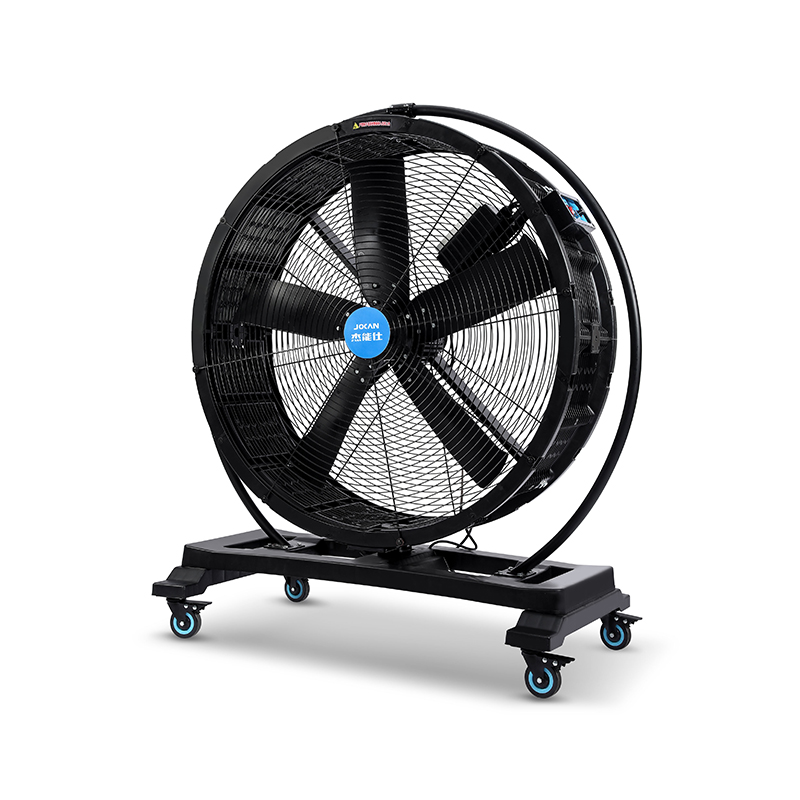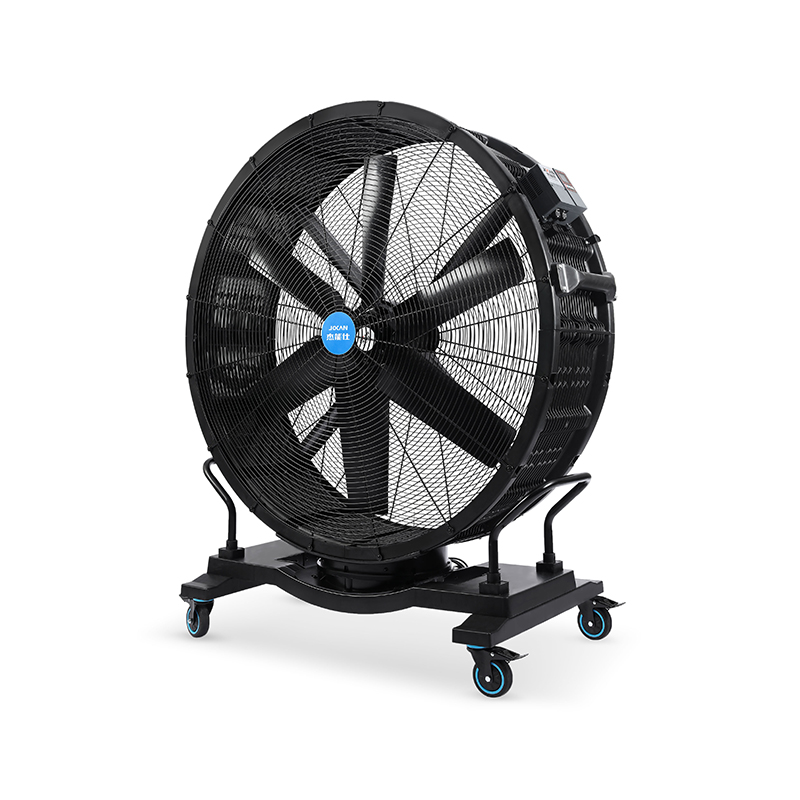When it comes to keeping ventilation and cooling systems running smoothly, fan maintenance and timely replacement play an essential role. Whether you are using a power floor fan, a variable speed inline duct fan, or a small air curtain, understanding how to care for these devices can save you time, effort, and avoid unexpected downtime.
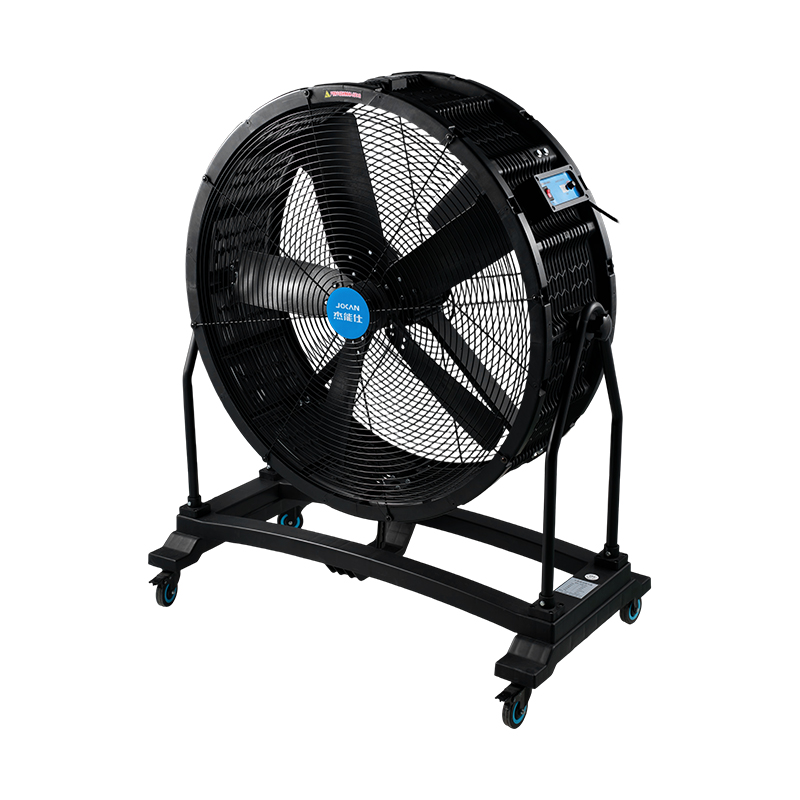
One common question is how often fans like the power floor fan need maintenance. These fans, often used in warehouses or large open spaces, endure constant operation and can collect dust and debris on the blades and motor housing. Regular cleaning every few months helps keep airflow efficient and prevents wear on the motor. For a power floor fan, removing the protective grill and wiping down blades with a soft cloth can make a big difference in performance. If dust builds up inside the motor area, it may cause overheating or reduce motor life, so occasional inspection is recommended.
The variable speed inline duct fan is frequently used in duct systems to regulate airflow at different levels depending on demand. Maintaining these fans is slightly different because they are installed within ductwork, making access more challenging. However, it is still crucial to schedule regular checks, especially for the motor and bearings. Lubrication of moving parts may be required to reduce friction and prevent noise. The speed control system should also be inspected for responsiveness and any electrical issues. A malfunctioning variable speed inline duct fan can disrupt air balance in HVAC systems, affecting overall comfort and efficiency.
A small air curtain is typically installed above doorways to create an invisible barrier of air, helping maintain indoor temperature and reduce dust or insects. These units are compact but require proper upkeep like larger fans. The filters inside the small air curtain need to be cleaned or replaced periodically to avoid clogging and reduced airflow. Additionally, the fan motor and blades should be checked for dirt accumulation. If the small air curtain starts to lose effectiveness, it could indicate the need for replacement or professional servicing.
Many wonder when it is time to replace their fans rather than continuing maintenance. For a power floor fan, signs include excessive noise, reduced airflow despite cleaning, or visible damage to blades and motor components. If repairs become frequent or costly, replacement might be more practical. Similarly, the variable speed inline duct fan may need replacement if the motor fails or the speed controller stops functioning correctly. Since these fans are integral to ventilation systems, prompt replacement helps maintain air quality and system balance.
The small air curtain can also reach a point where maintenance no longer suffices. If you notice uneven airflow, increased noise, or persistent filter clogging even after cleaning, it may be time to consider a new unit. Given the role of the small air curtain in energy savings and comfort, ensuring it operates correctly is important for any facility.
Another frequently asked question is about the ideal cleaning methods for these types of fans. For a power floor fan, gentle wiping with a damp cloth after unplugging the unit is recommended. Avoid spraying water directly into the motor or control panel. The variable speed inline duct fan requires careful cleaning inside duct sections, often ideal handled by professionals to avoid damaging wiring or delicate components. The small air curtain's filters can usually be removed and washed with mild detergent. Always refer to the manufacturer's instructions for cleaning intervals and techniques.
Many users ask if DIY repairs are advisable. While simple tasks like cleaning or replacing filters in a small air curtain can be handled safely, electrical or mechanical repairs on a power floor fan or a variable speed inline duct fan should be performed by qualified technicians. Attempting to fix motor or wiring issues without proper training can cause damage or pose safety risks.
Regarding lifespan, the power floor fan typically lasts several years with regular care. Its heavy-duty design supports long hours of use but does require ongoing maintenance to avoid premature failure. The variable speed inline duct fan, integrated into larger HVAC systems, can also have a durable lifespan but depends heavily on usage conditions and maintenance schedules. The small air curtain generally lasts as long as filters and motors are kept in good condition, though exposure to harsh environments can reduce longevity.
In summary, regular maintenance for a power floor fan, variable speed inline duct fan, and small air curtain includes cleaning, inspection, lubrication, and filter changes. Replacement becomes necessary when performance degrades significantly or repairs become frequent. Understanding these basics can help users keep their ventilation systems operating efficiently and avoid unexpected interruptions.
If you have more specific questions about maintenance schedules or troubleshooting your fans, consulting product manuals or professional services is always recommended. Proper care not only extends fan life but also supports a healthier and more comfortable environment wherever these fans are installed.
 Add: Plot 23, Huanglang Industrial Zone, Jinqing Town, Luqiao District, Taizhou City, Zhejiang Province
Add: Plot 23, Huanglang Industrial Zone, Jinqing Town, Luqiao District, Taizhou City, Zhejiang Province
 TEL: +86-13586083215
TEL: +86-13586083215

 English
English English
English عربى
عربى 한국어
한국어


